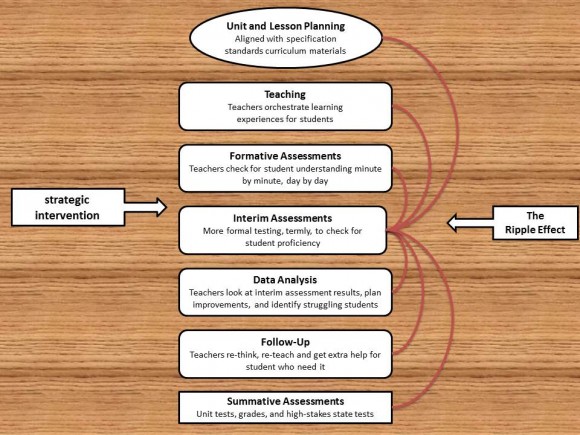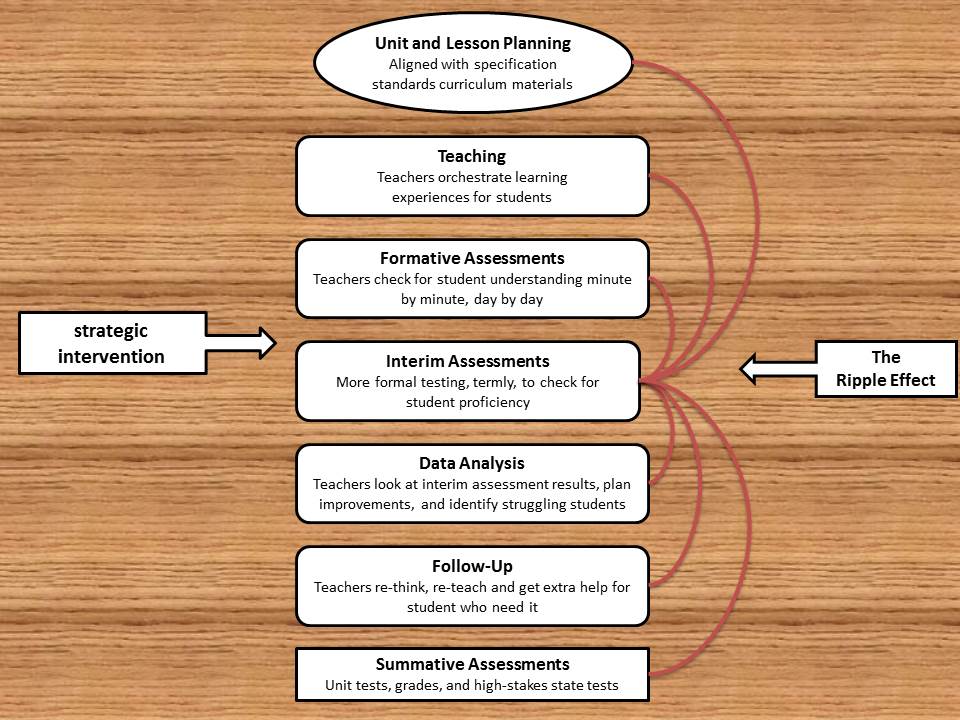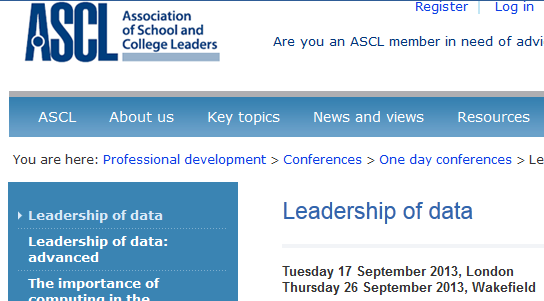It’s not about giving the assessments; it’s about doing something about the results. Doug Reeves (2005)
Given we have assessed effectively, that is, teachers at least saw the assessment or preferably were part of the assessment design process. That teachers were confident in marking, with grades moderated, we moved onto analysis. Teachers analysed the student grades and response to specific questions. Teachers prepared action plans for each of their teaching groups, possibly for individual students. Now is the time for action.
Department meeting
You’ve got to know the data yourself to have an effective meeting – Bambrick-Santoyo
- What worked? (2 minutes)
- How has the most recent cycle impacted on the upcoming cycles? (5 minutes)
- What are the challenges moving forward? Where are the gaps? (5 minutes)
- Solutions (10 minutes). Lesson starts, student guides, additional homework, support and more. This may include who needs to know? (Kim Marshall’s Interim Assessment Scoring Sheet offers 20+ suggestions)
- Who are the key people in your school with whom you need to communicate this plan and have on board.
- Feasibility of each idea (5 minutes)
- Decision. Who is best placed to lead on these actions? (15 minutes)
- What will this ‘look like’ during the next cycle of teaching?
- When will the tasks happen? In class / in addition to class. (10 minutes)
Accountability
Make sure it’s connected to a concrete plan that you can verify. – Bambrick-Santoyo
The Ripple Effect
It’s not about giving the assessments; it’s about doing something about the results. Doug Reeves (2005)
The cyclical process of (antecedents) assessment, analysis and action brings about what Bambrick-Santoyo refers to as a the Ripple Effect (Kim Marshall). The three posts todate have covered the process of interim assessment, analysis (and deep analysis with 4Matrix) and action, with summative assessment seen as Y11 GCSE exams, Y12/13 AS and A Level exams. All calendared and shared with SHoC, teachers, students and parents and carers.
 Together with our Director of Assessment, we had previously conceived an almost identical approach for The Wellington Academy, under the guidance of rapid improvement consultant Tony Stephens. The addition of CAT testing and ALIS testing at the start of KS3 and KS5,the except previewing the actual assessments. With the bottom half of the Ripple Effect now prepared, deployed, or being deployed, our attention is turning toward the top half of the diagram, to formative assessment, teaching, unit and lesson planning.
Together with our Director of Assessment, we had previously conceived an almost identical approach for The Wellington Academy, under the guidance of rapid improvement consultant Tony Stephens. The addition of CAT testing and ALIS testing at the start of KS3 and KS5,the except previewing the actual assessments. With the bottom half of the Ripple Effect now prepared, deployed, or being deployed, our attention is turning toward the top half of the diagram, to formative assessment, teaching, unit and lesson planning.
As this package of work continues, I will try and reserve the time needed to write it up and reflect. I certainly feel I need to be that disciplined.
[qr_code_display]


